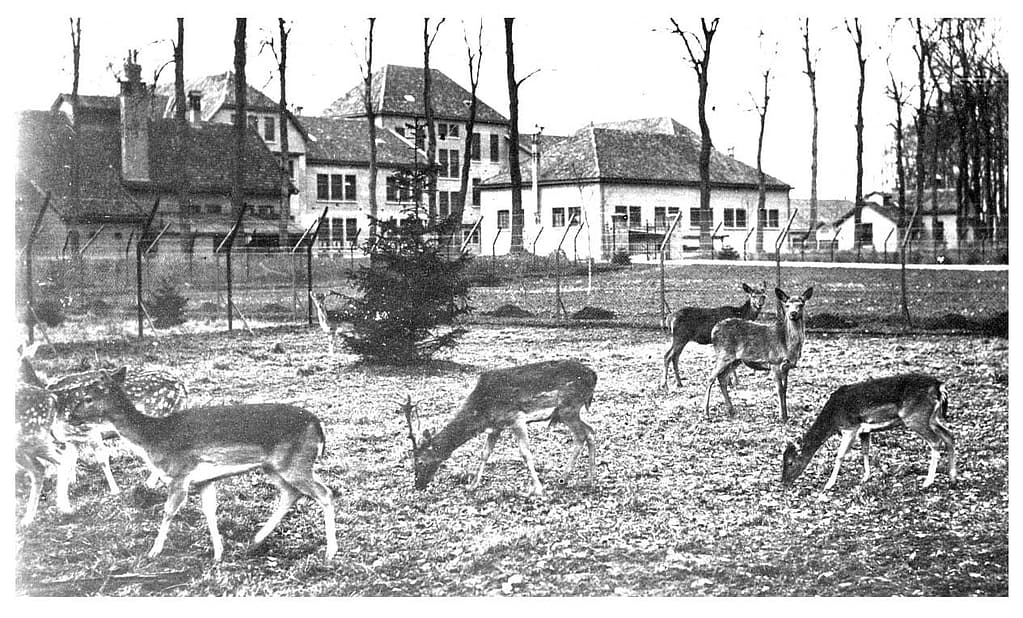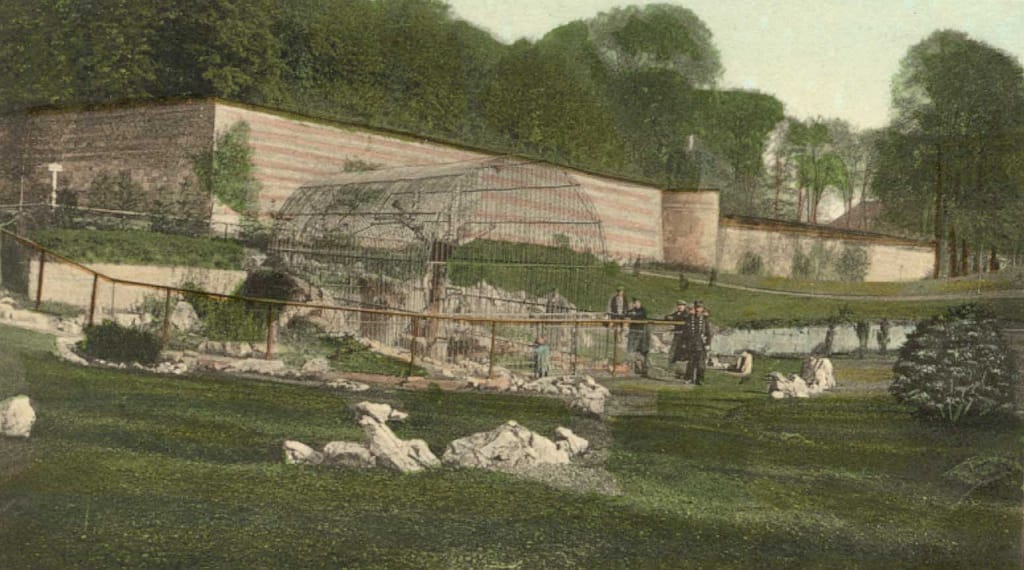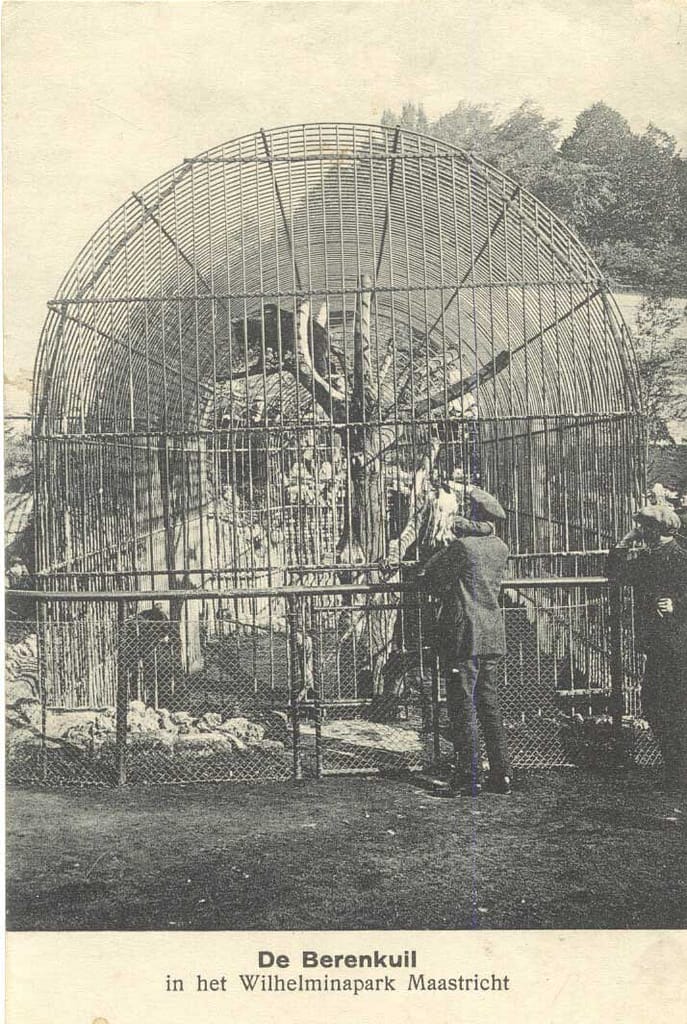Tram Bridge
At the north-west corner of the Tapijn Barracks, there is a bridge on a cast-iron supporting structure: the supporting structure is part of the tram-line rail bridge from 1910.
In 1867, the decision was made to remove Maastricht’s ‘fortified town’ status. Parts of the former fortifications on the south side of the city were designated as park sites from 1874 onwards, because these low-lying swampy sites were not considered suitable for housing construction. Only the area between the Wilhelmina Bastion and Hubertuslaan remained in possession of the Ministry of War as an exercise area for the garrison. In the first expansion plan of 1905, the strip between the river Jeker and the city wall was designated as an animal park, and a design for the layout of this park was included in this expansion plan.
In 1918, Leuven landscape architects Rosseels were invited to design a park on the old fortifications. This involved the construction of a park at the Wilhelmina Bastion. At the time, the park was still referred to as ‘Wilhelminapark’, but during the Second World War this name was changed to Aldenhof Park.
Wilhelmina Park was designed by Lieven Pierre Rosseels and his son Lieven Gustave. Forty unemployed people were set to work constructing the park and a bear pit, which was opened in 1920. Initially, it was the intention of the city council to erect other animal cages between the river Jeker and the city wall. The octagonal birdcage at the entrance to the park at St. Hubertuslaan is the only reminder of this idea. The deer park nearby was also built around 1925. In 1951, part of the original deer park was taken over by the barracks’ new lecture and dorm building. In the current plans for the Tapijn area, the animal park will be completely renovated .
Tram Bridge
The remains of the tram bridge in the park are a remnant of the tram routes of the Belgian Local Railways that connected Maastricht with a number of towns in Belgium up to the Second World War. There were steam trams to Maaseik, Tongeren, and Glons. Café-restaurant De Tramhalte on Tongerseweg and the inscription ‘Halte du Tram’ (tram stop) on Koningin Emmaplein are also reminders of those tram routes. The tram route through the park behind the barracks began at Onze Lieve Vrouwewal. Next to the ‘Pesthuis’, or Plague House, there is another bridge that was built for the tram route. The tram ran behind Haat en Nijd roundel to the area where the barracks are now located.
The Belgian tram may return to Maastricht in the coming years, as there are advanced plans for a tram connection with Hasselt.





